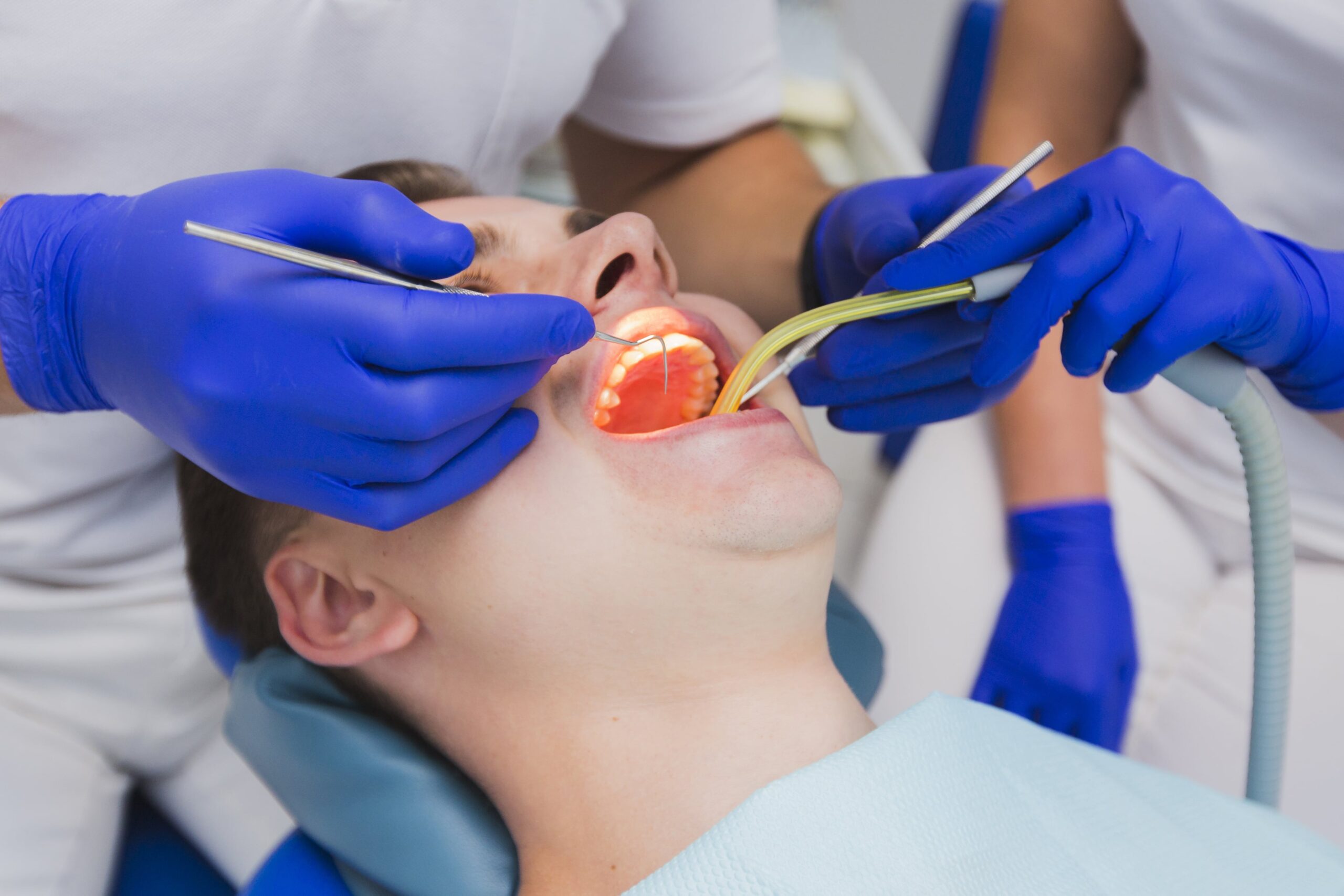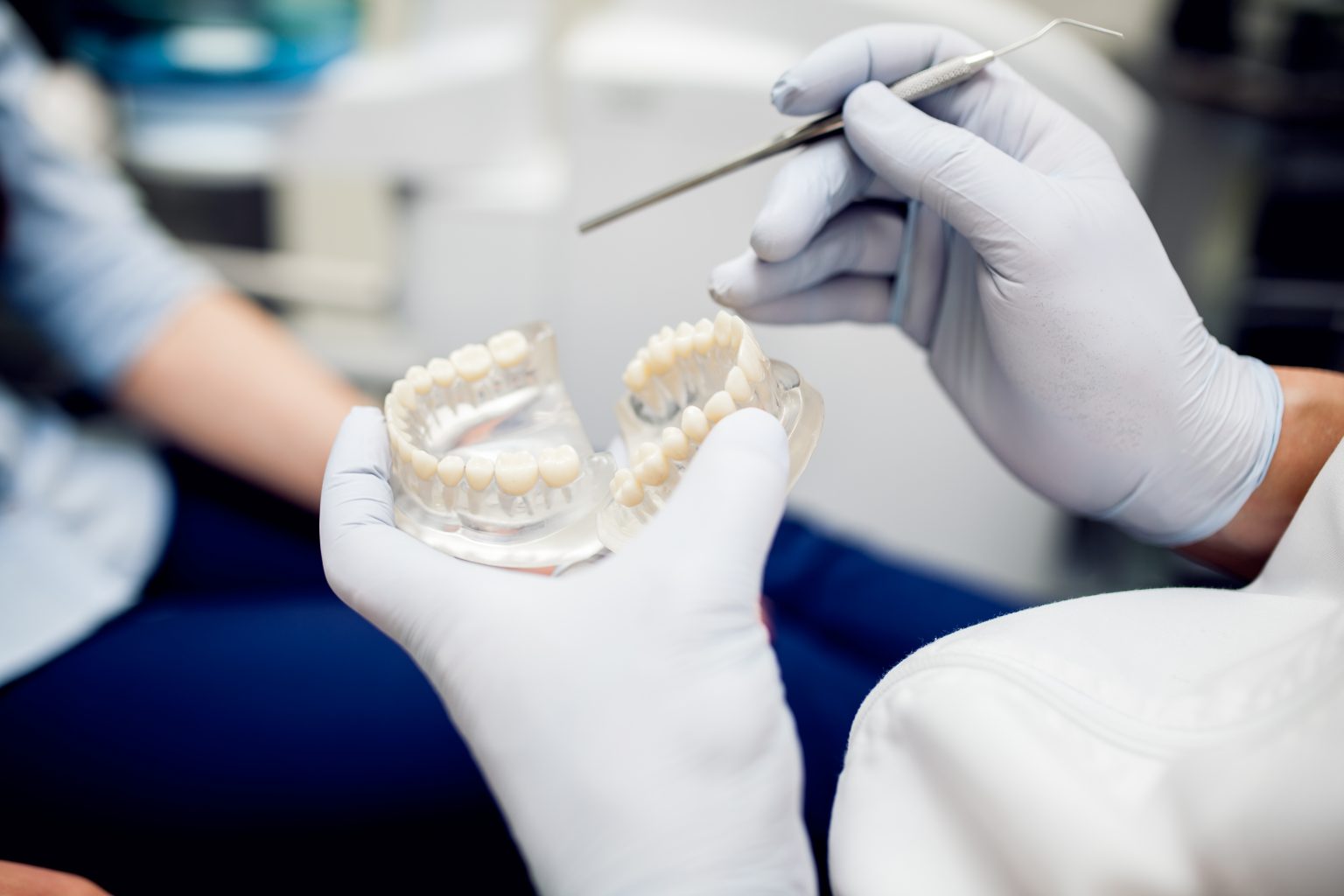The dental office can be an intimidating place for children, evoking anxiety and fear that can persist into adulthood. Pediatric dentistry recognizes the unique challenges in treating young patients and strives to create an environment that fosters trust and comfort. Oral sedation emerges as a valuable tool in achieving this goal, helping to ease the dental experience for children who may be apprehensive or have difficulty sitting still during procedures. In this comprehensive exploration, we delve into the world of oral sedation in pediatric dentistry, examining its benefits, considerations, and the impact it has on transforming dental visits into positive, stress-free experiences for young patients.

Understanding Pediatric Dental Anxiety:
Dental anxiety in children is a prevalent concern that can lead to avoidance of dental care, potentially compromising oral health. The unfamiliar environment, loud noises, and the fear of pain contribute to the anxiety experienced by young patients. Pediatric dentists, recognizing the long-term implications of negative early experiences, have turned to oral sedation as a means of making dental visits more palatable for children.
The Role of Oral Sedation:
- Calming Effects:Oral sedation medications, usually in the form of a liquid or pill, are administered to induce a state of relaxation and drowsiness. These medications help alleviate anxiety and make it easier for children to cooperate during dental procedures.
- Reducing Fear and Apprehension:The calming effects of oral sedation are particularly beneficial for children with dental phobias or those who have had previous traumatic dental experiences. By minimizing fear and apprehension, oral sedation creates a more positive association with dental visits.
- Improved Cooperation:Young children, especially those with developmental challenges, may find it challenging to remain still during dental procedures. Oral sedation promotes better cooperation, allowing dentists to perform necessary treatments more effectively.
The Process of Administering Oral Sedation:
- Thorough Evaluation:Before prescribing oral sedation, pediatric dentists conduct a thorough evaluation of the child’s medical history and overall health. Factors such as allergies, existing medications, and the child’s response to previous sedation are taken into consideration.
- Customized Dosages:Pediatric dentists carefully calculate and administer personalized dosages based on the child’s weight and individual needs. This tailored approach ensures the effectiveness of the sedation while minimizing potential side effects.
- Monitoring During the Procedure:Throughout the dental procedure, the child’s vital signs, including heart rate and oxygen levels, are closely monitored to ensure their safety. This vigilant oversight is a critical aspect of providing oral sedation in pediatric dentistry.
Benefits of Oral Sedation in Pediatric Dentistry:
- Minimizing Traumatic Experiences:Oral sedation helps prevent the development of traumatic dental experiences by creating a positive and pain-free environment. This, in turn, contributes to improved oral health outcomes as children are more likely to attend regular dental check-ups.
- Facilitating Complex Procedures:For more complex dental procedures or those requiring extended periods of stillness, oral sedation proves invaluable. This allows dentists to perform necessary treatments efficiently without causing distress to the child.
- Enhancing Overall Experience:By minimizing anxiety and fear, oral sedation transforms the dental experience for young patients. Positive experiences in childhood can lead to a more positive attitude toward dental care in the long term.
Considerations and Safety Measures:
- Thorough Patient Evaluation:A comprehensive patient evaluation is crucial before administering oral sedation. Dentists assess the child’s medical history, allergies, and any potential contraindications to ensure the safety of the sedation process.
- Parental Involvement and Consent:Parents or guardians play a pivotal role in the oral sedation process. Informed consent is obtained, and parents are educated about the procedure, potential side effects, and post-sedation care.
- Monitoring and Emergency Preparedness:Pediatric dentists are equipped to handle emergencies that may arise during sedation. Emergency medications and equipment are readily available, and dental staff undergo specialized training to respond effectively to unexpected situations.
Addressing Common Concerns:
- Post-Sedation Effects:Parents often express concerns about the post-sedation effects on their child. Pediatric dentists provide detailed instructions on post-sedation care, including dietary restrictions and monitoring for any lingering effects.
- Long-Term Impact on Behavior:There is a common misconception that oral sedation may lead to changes in a child’s behavior. However, research indicates that the carefully administered sedation in a dental setting has minimal long-term impact on a child’s behavior.
Real Stories of Success:
Sharing success stories of children who have benefited from oral sedation can serve as a powerful tool to alleviate concerns and build confidence in parents considering this option. Personal narratives highlight the transformative impact oral sedation can have on a child’s dental experience.
Conclusion:
Oral sedation in pediatric dentistry stands as a valuable tool in creating positive and stress-free dental experiences for young patients. By addressing dental anxiety, promoting cooperation, and facilitating necessary treatments, oral sedation contributes to the overall well-being of children and sets the foundation for a lifetime of oral health. As with any medical intervention, thorough evaluation, informed consent, and adherence to safety protocols are paramount. Through a combination of expertise, empathy, and the judicious use of oral sedation, pediatric dentists are reshaping the narrative of dental visits for the youngest members of our community, ensuring their smiles shine bright from the earliest years.





